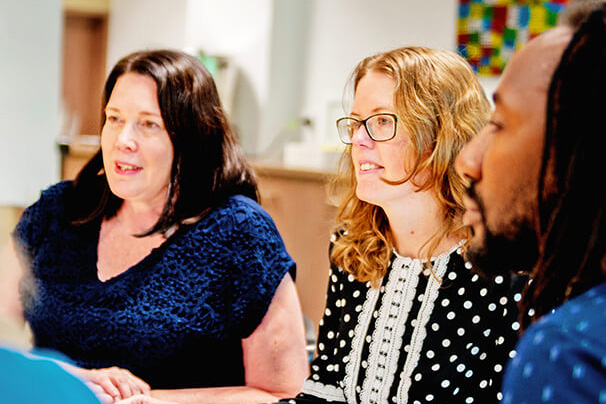
Working with Agencies
Targeted engagement with community organisations, agencies and government departments supporting or working with Aboriginal and Torres Strait Islander individuals impacted by brain injury.
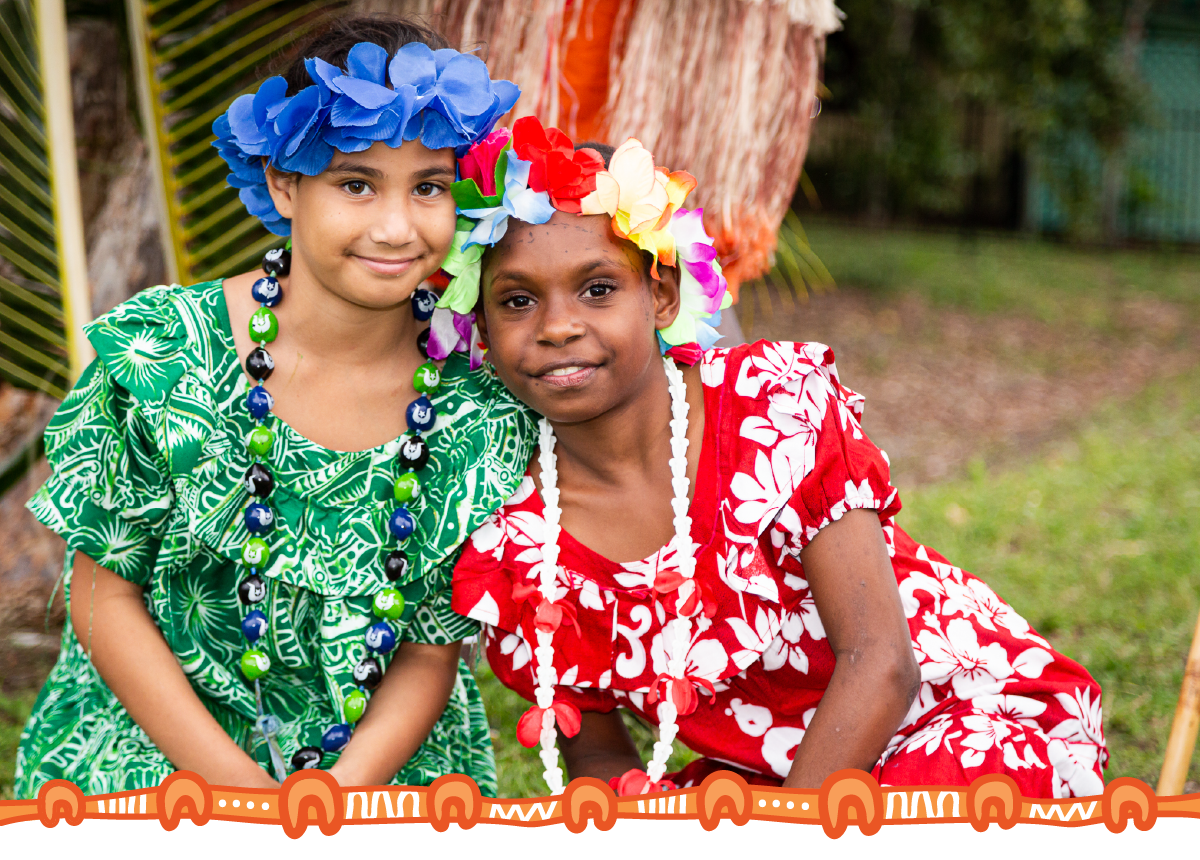
Building on our research and the development of the Guddi Way screening tool, Come Home, Come Heal, Come Rest represents three inter-related core strategies oriented to improve understanding of brain injury and cognitive impairment, and better respond to affected individuals.

This is especially the case for those living with invisible disabilities such as brain injury and cognitive impairment, who often experience significant challenges interacting with systems and services intended to assist them.


Targeted engagement with community organisations, agencies and government departments supporting or working with Aboriginal and Torres Strait Islander individuals impacted by brain injury.
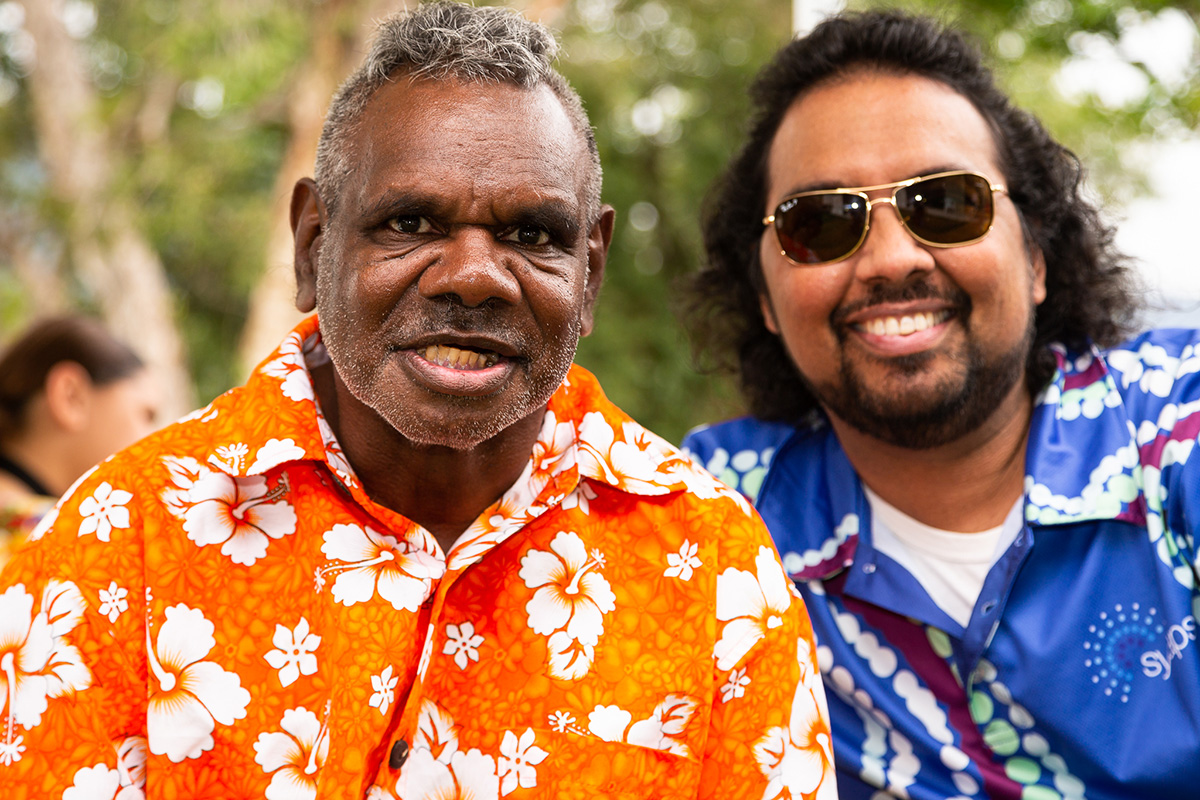
‘Proper Way’* engagement with local communities that contributes to building capacity of Aboriginal and Torres Strait Islander communities to deliver NDIS services, enabling plan activation.
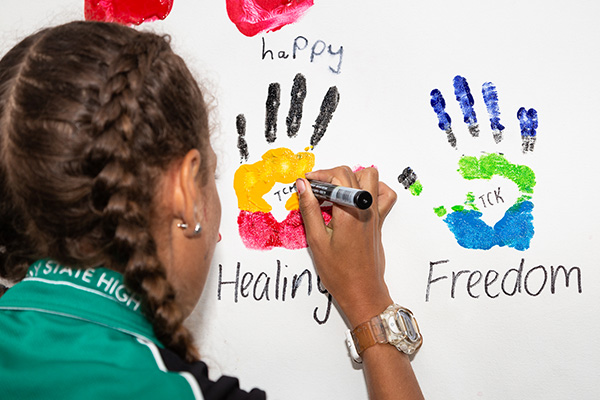
Well constructed, evidence-based arguments and solutions will aid in raising awareness of issues with policy and decision-makers, removing barriers, and supporting a shift toward improved service access and quality.
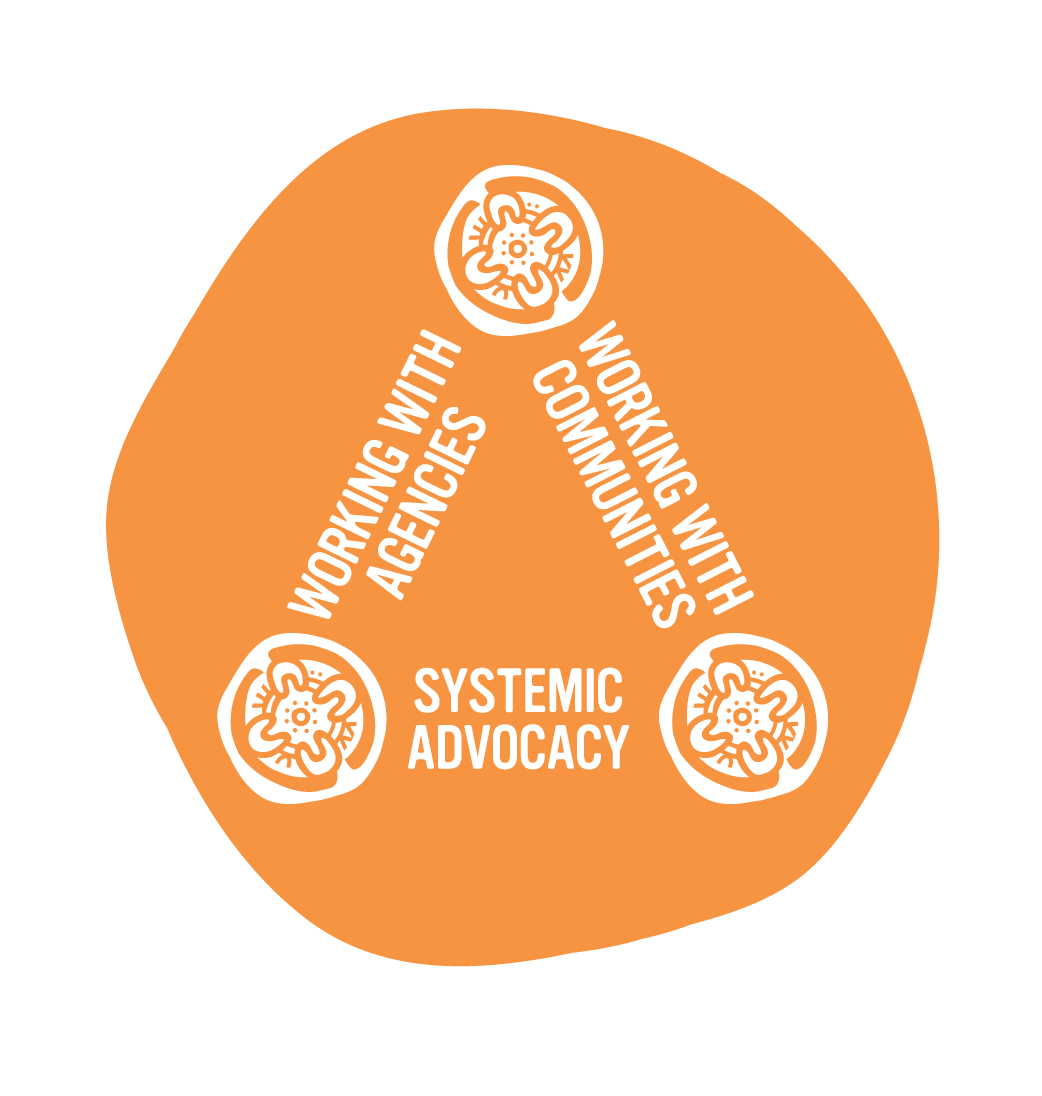
Core to the government, agency and community response is the Guddi Way Screen, an innovative culturally safe and sensitive approach to understanding health, disability and human rights for Aboriginal and Torres Strait Islander people living with brain injury and cognitive impairment. Guddi Way screens are complemented by brain injury education in a range of formats tailored to different contexts, other customised supports and systemic advocacy.
If you are involved with a community organisation, agency or government department supporting or working with Aboriginal and Torres Strait Islander individuals impacted by brain injury we encourage you to speak with us.

Following confirmation of initial funding, a series of and investigative activities were undertaken to understand the potential audience and its readiness for a service offering to facilitate increased Aboriginal and/or Torres Strait Islander participation in the NDIS, and to shore up political and sector support for the Advocacy strategy.
These activities confirmed that unmet need in relation to brain injury and psychosocial disability and the impacts are universally acknowledged. Pathways to engagement and effective plan delivery through the NDIS are typically complex, obscure or non-existent. Potential customers across jurisdictions and service streams keenly acknowledge that improved outcomes could be achieved.
Our strategic approach has been informed by discussions with key personnel representing sectors identified as being key points of convergence of individuals impacted by brain injury as outlined in Figure 1. below.
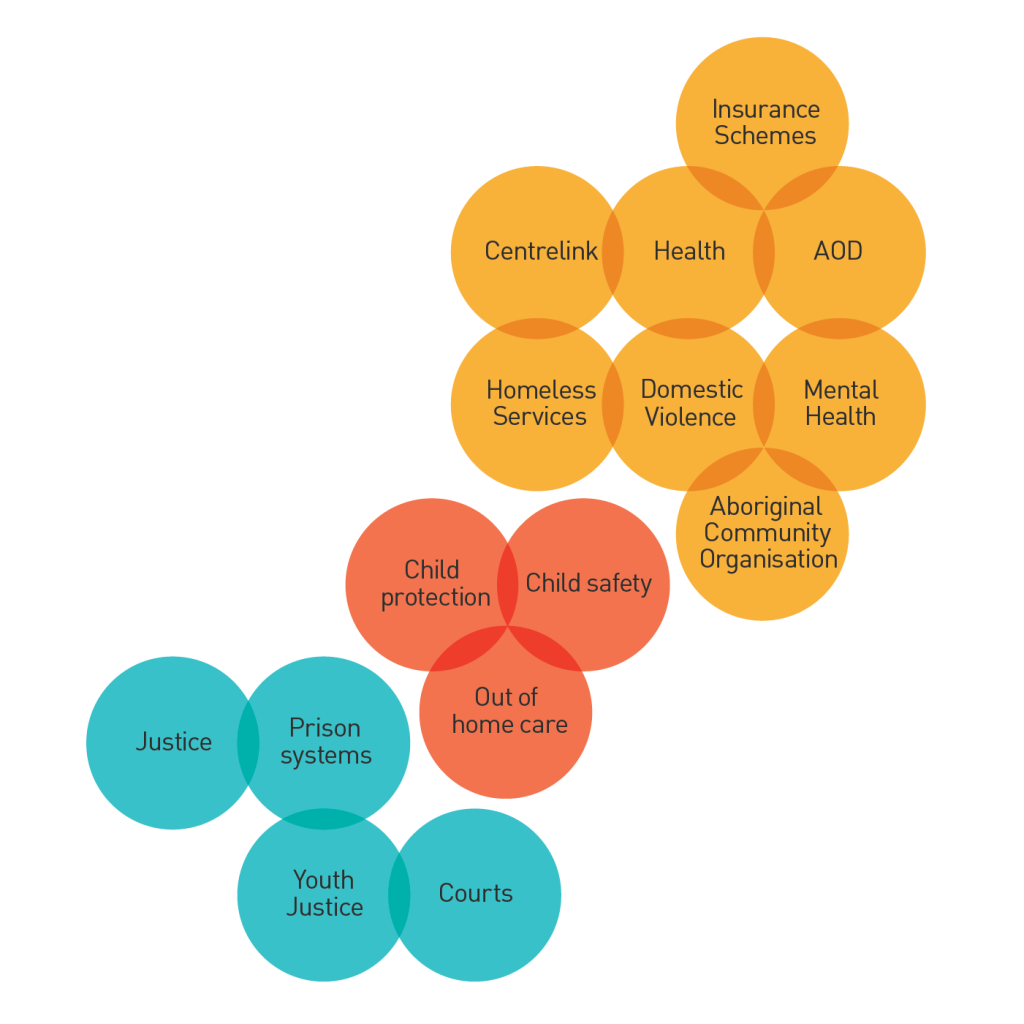
Respective potential population size of sample sectors. It should be noted that both Indigenous population and disability figures are recognised to be underreported, meaning that the numbers below reflect a conservative estimate.
National population: 23,401,891
Population with reported disability: 1,202,944 (5.1%)
Indigenous population: 649,168 (2.8%)
Indigenous population with reported disability: 43,748
It is commonly acknowledged that the Census and Survey of Disability, Ageing and Carers under-count both the Indigenous population, and the Australian population living with disability.
National population: 45,756
Population with reported disability: 6,406 (14% est)
Indigenous population: 17,787 (38.9%)
Psychosocial disability in Out of Home Care may exceed 80%.
National population: 42,974
Population with reported disability: 12,462 (29%)
Indigenous population: 11,849 (27.6%)
Estimates of the prevalence in specific prisons range from at least 60% to around 95%.
National population: 288,795
Population with reported disability: 41,356 (14.3%)
Indigenous population: 65,184 (22.6%)
The Guddi Protocol was originally developed as a tool to understand the prevalence and impact of brain injury among users of homeless services Cairns.
National population: 10,638
Population with reported disability: 4,893 (est 46%)
Indigenous population: 5,213 (49%)
The high incidence of young people in the out of home care system also engaging with Youth Justice underscores the importance of early engagement and capacity building.
